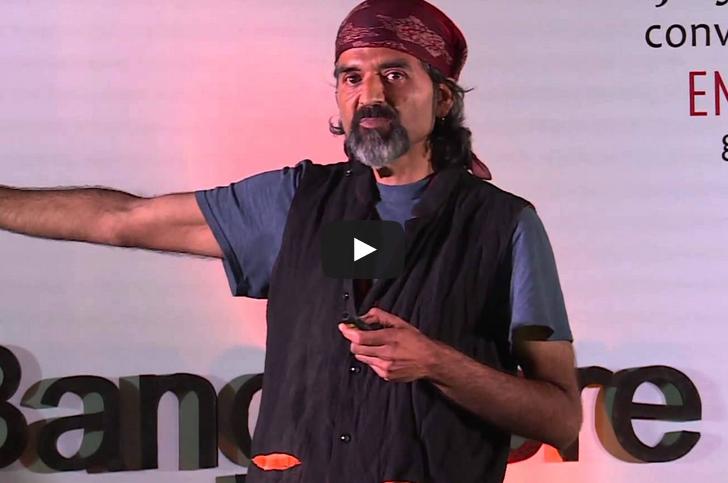The Indian e-commerce industry is poised for a phenomenal change with the entry of big players like Amazon. In a market that was discovered and realized by Flipkart, several players are now trying to mark a presence. There is huge potential for the e-commerce market. In India only 0.5% of the $ 500 billion retail industry is online.
The industry dynamics
Several brands are preferring an entry via e-commerce route. Flipkart is the distributor of Moto X and Moto G in India. Escalating real estate costs are delaying the entry of brands. Brands want to avoid the traditional route of stores and want to give a shot at online retailers like Jabong and Myntra. This way they also get access to the right customers. Also stringent policies govern the retailing of foreign brands to Indian consumers. In e-retailing the brands are whole selling to e-commerce websites. This is compliant with the rules as the government allows 100% FDI in business to business e-commerce.
The expectations of Indian customers are increasing day-by-day. Customers want more frequent discount schemes, EMI options and innovative schemes like COD, Same day delivery.
The industry has also seen several new categories of products like jewellery, gadgets and baby products. The companies are also collaborating with daily deals and discount sites to make the most of a booming demand for e–commerce products.
However there is a huge potential to tap. A large chunk of customers still do not shop online because of the aversion of sharing financial information and lack of trust in the products’ look and feel. Many e-commerce companies are trying to increase the assurance of the produc t’s looks with better graphics and features like 3D view etc.
E-commerce challenges in India
–Return rate– Indian e-commerce industry faces several challenges ,foremost of them being the high return rate of goods by Indian customers. This shows that the buyers have not made their minds while buying. This also leads to high costs of the vendor.
-Most customers prefer cash-on-delivery. The penetration of credit cards is still low. In COD the money gets locked up with the courier service people for two weeks.
-Though the number of smart phones in India has increased, still a majority of the people use feature phones and are hence not able use apps to make purchases on the move.
-Payment gateway in India fail more than the global standards. The customer whose payment fails does not re-attempt a transaction and as such the e-commerce company loses business.
Competition in e-commerce
As the fight becomes more fierce the e-commerce companies are coming up with several turnaround strategies. Most companies are expanding the reach by offering platforms like M-commerce. Also they are offering multiple payment options like COD, Debit card, EMI etc.
Since the logistics cost are high and the service is often unreliable, players like Flipkart have started their own logistics arm to deliver their packages. However the greatest problem is that there are too many players that are competing in one vertical. Lets say a product like baby products, there are three players in India in that segment i.e. Firstcry.com, hushbabies and babyoye. This has reduced the margins drastically on products. The war that is on is unsustainable.
However there are some promising signs. The e-commerce website hits grew by 47% year-on-year in 2013. There is a huge potential in the market provided that the players spend their marketing budget cautiously. Also they should establish a niche for themselves and stock up products that offer good margins. A weapon like price war is certainly not sustainable and will bleed everyone. So it is the focussed approach that will help the newer players survive. Even Flipkart started by selling books and scaled up gradually.
Who will survive?
Indian players like Flipkart and Jabong have an inventory led model. The advantage that they get is that customer satisfaction is high. Also Flipkart has its own logistics arm. This ensures better delivery compliance. Of the 53 e-commerce companies funded by venture capitalists, not more than 15 will survive by 2014, according to a new report. In such a scenario it is survival of the richest. Most companies tend to buy out competitors and then close down them. This way they eliminate competitors. Fashionandyou bought Urban Mantra for 30 million USD and later closed it in 2012. Flipkart bought Letsbuy and then shut the operations. New e-commerce players find it difficult to raise funding while older players need a partner that will bring down their operating costs and help them scale up quickly. Many large e-commerce players are being desperately approached by the smaller players who want to be bought out. In such a scenario Indian e-commerce market will be dominated by few large players. Hence it is the fatter and bigger e-commerce companies that will survive.

































